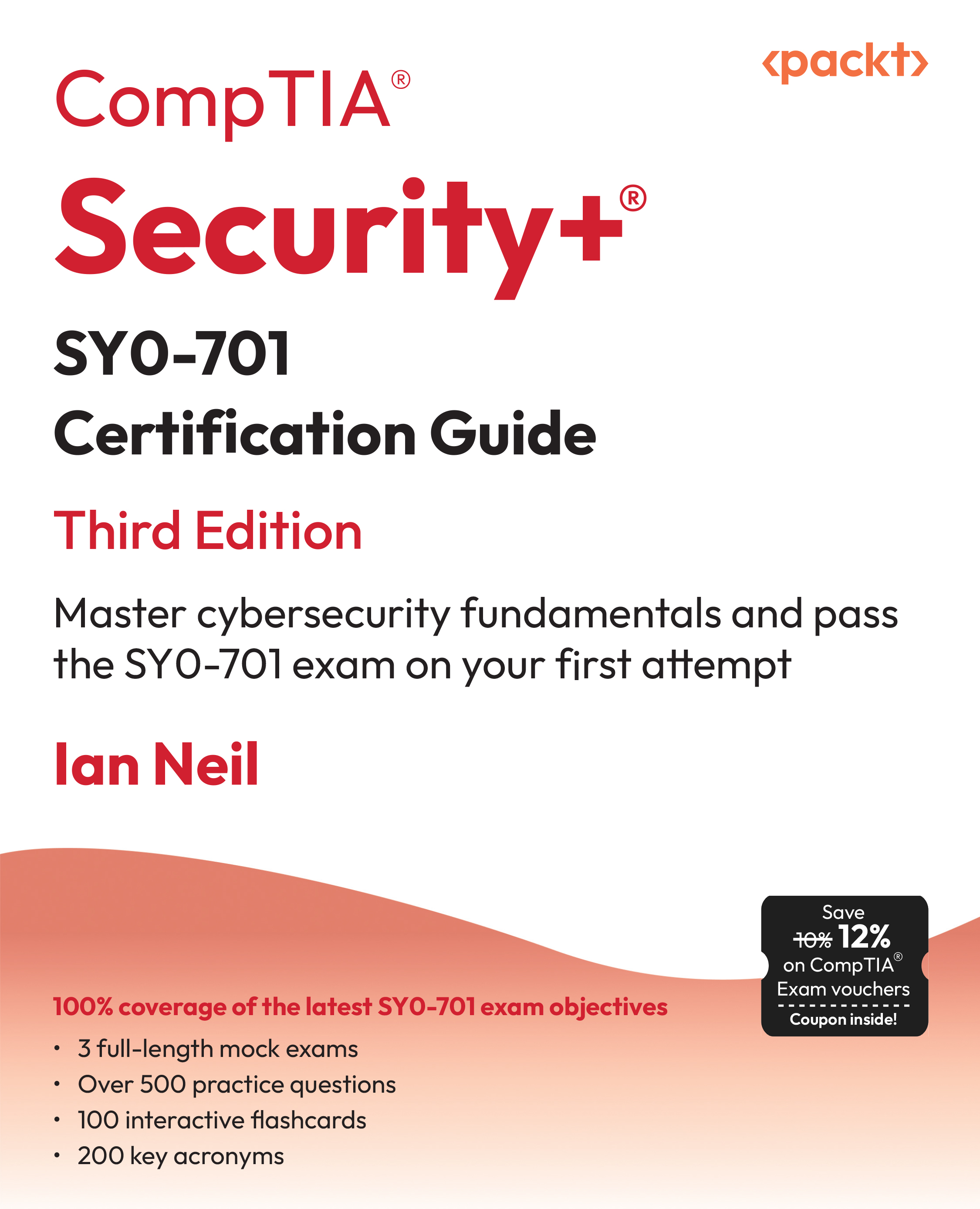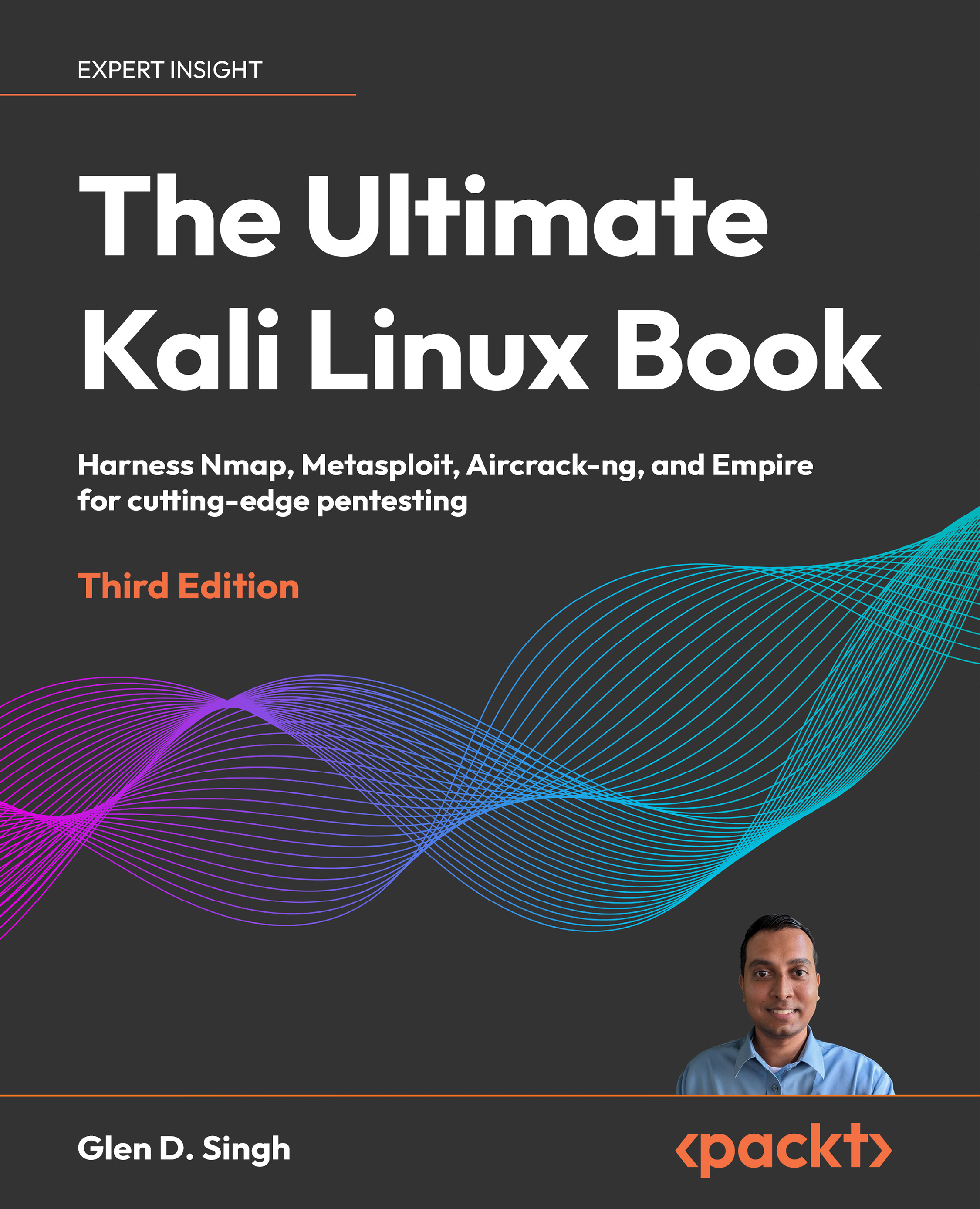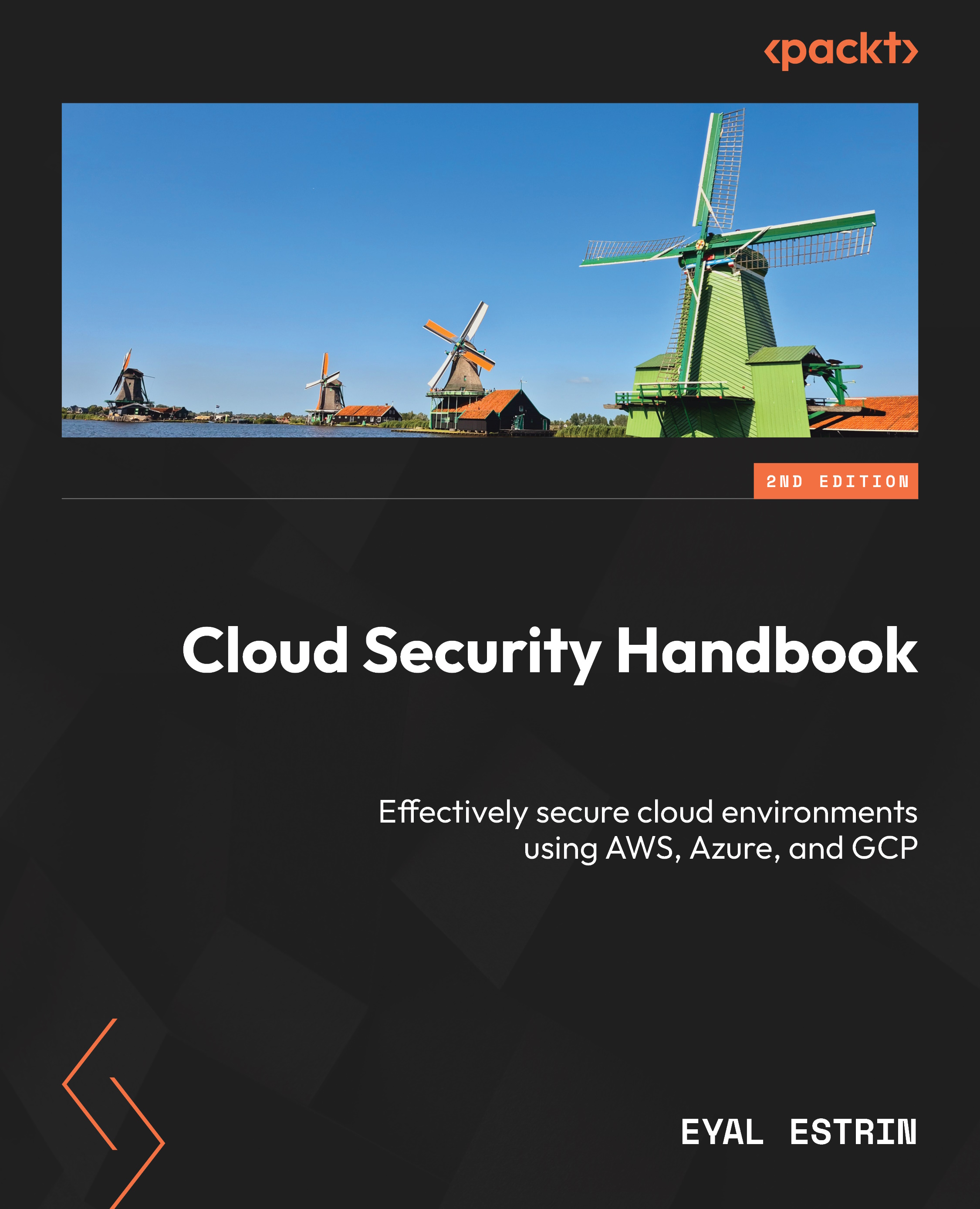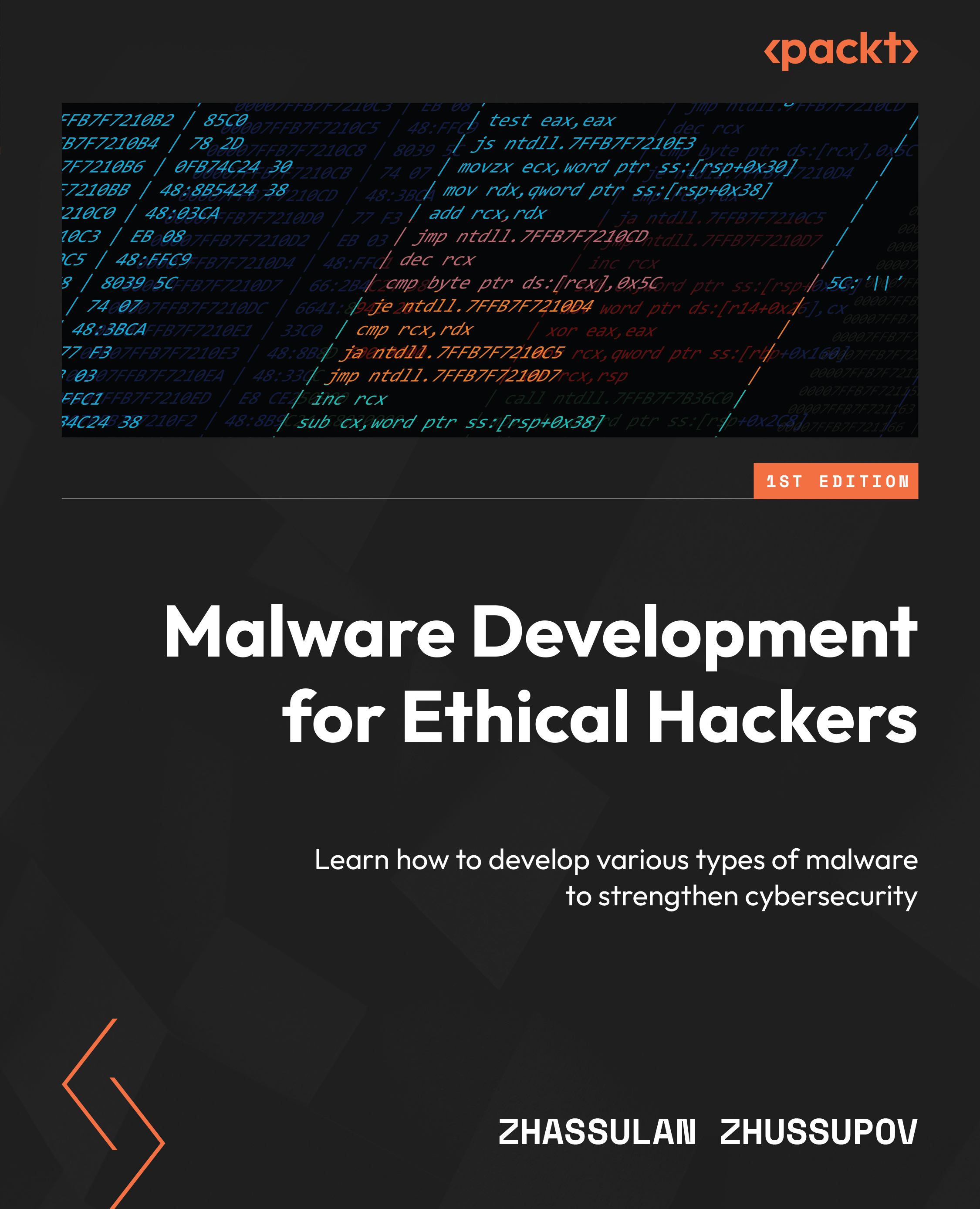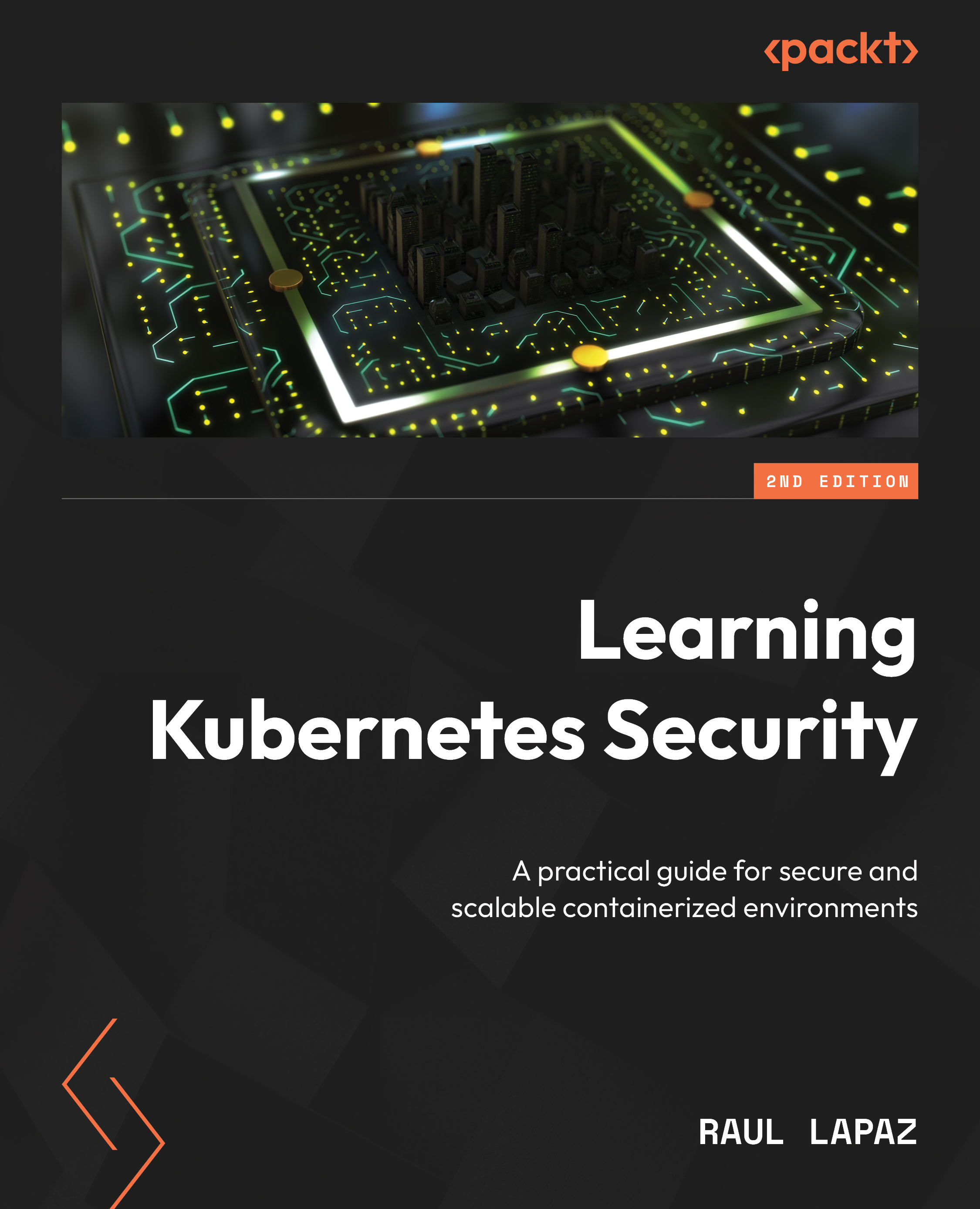£9.99
per month
Paperback
Feb 2018
426 pages
3rd Edition
-
•Special focus on the latest operating systems, exploits, and penetration testing techniques
-
•Learn new anti-virus evasion techniques and use Metasploit to evade countermeasures
-
•Automate post exploitation with AutoRunScript
-
•Exploit Android devices, record audio and video, send and read SMS, read call logs, and much more
-
•Build and analyze Metasploit modules in Ruby
-
•Integrate Metasploit with other penetration testing tools
Metasploit is the world's leading penetration testing tool and helps security and IT professionals find, exploit, and validate vulnerabilities. Metasploit allows penetration testing automation, password auditing, web application scanning, social engineering, post exploitation, evidence collection, and reporting. Metasploit's integration with InsightVM (or Nexpose), Nessus, OpenVas, and other vulnerability scanners provides a validation solution that simplifies vulnerability prioritization and remediation reporting. Teams can collaborate in Metasploit and present their findings in consolidated reports.
In this book, you will go through great recipes that will allow you to start using Metasploit effectively. With an ever increasing level of complexity, and covering everything from the fundamentals to more advanced features in Metasploit, this book is not just for beginners but also for professionals keen to master this awesome tool.
You will begin by building your lab environment, setting up Metasploit, and learning how to perform intelligence gathering, threat modeling, vulnerability analysis, exploitation, and post exploitation—all inside Metasploit. You will learn how to create and customize payloads to evade anti-virus software and bypass an organization's defenses, exploit server vulnerabilities, attack client systems, compromise mobile phones, automate post exploitation, install backdoors, run keyloggers, highjack webcams, port public exploits to the framework, create your own modules, and much more.
If you are a Security professional or pentester and want to get into vulnerability exploitation and make the most of the Metasploit framework, then this book is for you. Some prior understanding of penetration testing and Metasploit is required.
-
•Set up a complete penetration testing environment using Metasploit and virtual machines
-
•Master the world s leading penetration testing tool and use it in professional penetration testing
-
•Make the most of Metasploit with PostgreSQL, importing scan results, using workspaces, hosts, loot, notes, services, vulnerabilities, and exploit results
-
•Use Metasploit with the Penetration Testing Execution Standard methodology
-
•Use MSFvenom efficiently to generate payloads and backdoor files, and create shellcode
-
•Leverage Metasploit s advanced options, upgrade sessions, use proxies, use Meterpreter sleep control, and change timeouts to be stealthy
 United States
United States
 Great Britain
Great Britain
 India
India
 Germany
Germany
 France
France
 Canada
Canada
 Russia
Russia
 Spain
Spain
 Brazil
Brazil
 Australia
Australia
 South Africa
South Africa
 Thailand
Thailand
 Ukraine
Ukraine
 Switzerland
Switzerland
 Slovakia
Slovakia
 Luxembourg
Luxembourg
 Hungary
Hungary
 Romania
Romania
 Denmark
Denmark
 Ireland
Ireland
 Estonia
Estonia
 Belgium
Belgium
 Italy
Italy
 Finland
Finland
 Cyprus
Cyprus
 Lithuania
Lithuania
 Latvia
Latvia
 Malta
Malta
 Netherlands
Netherlands
 Portugal
Portugal
 Slovenia
Slovenia
 Sweden
Sweden
 Argentina
Argentina
 Colombia
Colombia
 Ecuador
Ecuador
 Indonesia
Indonesia
 Mexico
Mexico
 New Zealand
New Zealand
 Norway
Norway
 South Korea
South Korea
 Taiwan
Taiwan
 Turkey
Turkey
 Czechia
Czechia
 Austria
Austria
 Greece
Greece
 Isle of Man
Isle of Man
 Bulgaria
Bulgaria
 Japan
Japan
 Philippines
Philippines
 Poland
Poland
 Singapore
Singapore
 Egypt
Egypt
 Chile
Chile
 Malaysia
Malaysia




